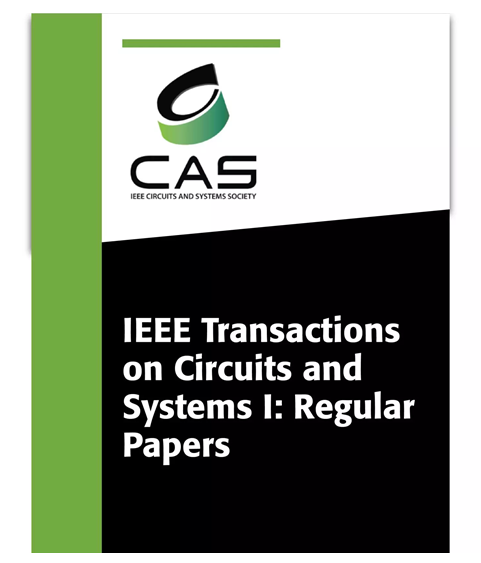Spurs in Fractional-N Frequency Synthesizers Resulting From Resolution Mismatch Between the Divider Controller and the DTC: Manifestations, Analysis, and Mitigation
IF 5.2
1区 工程技术
Q1 ENGINEERING, ELECTRICAL & ELECTRONIC
IEEE Transactions on Circuits and Systems I: Regular Papers
Pub Date : 2025-04-14
DOI:10.1109/TCSI.2025.3557258
引用次数: 0
Abstract
The digital-to-time converter (DTC) used in fractional-N phase locked loops is designed to cancel the accumulated quantization error (QE) arising from the divider controller. In high-resolution synthesizers, the DTC performs an additional quantization when mapping the required high-resolution phase correction to its coarse-resolution output. This inherent hard quantization nonlinearity of the DTC, which is different from the DTC’s well-known soft integral nonlinearity, causes yet another kind of inexact cancellation of the QE and induces excess spurious tones that degrade the output phase noise and jitter. This paper reveals the root cause of the “DTC’s QE” and spectral manifestation of the DTC-quantization-induced (DQI) spurs. The waveform of the DTC’s QE is derived analytically; it shows that the DQI-spur pattern is (i) determined by the fractional frequency control word and the quantization resolution of the DTC, and (ii) is independent of the type, order, and modulus of the divider controller. In view of the fact that conventional DTC linearity enhancement techniques and stochastic divider controllers have no effect on DQI-spur mitigation, we propose a novel family of DTC-enhancement methods called input-dithered quantization (IDQ). When used in DTCs, the IDQ methods are effective in eliminating DQI spurs at source with negligible phase noise or jitter penalty.分频控制器和DTC之间分辨率不匹配导致的分数n频率合成器中的杂散:表现、分析和缓解
设计了用于分数n锁相环的数时转换器(DTC),以消除分频控制器引起的累积量化误差(QE)。在高分辨率合成器中,DTC在将所需的高分辨率相位校正映射到其粗分辨率输出时执行额外的量化。DTC固有的硬量化非线性不同于DTC众所周知的软积分非线性,它会导致QE的另一种不精确抵消,并诱发多余的杂散音,从而降低输出相位噪声和抖动。本文揭示了“DTC量化量化”的根本原因以及DTC量化诱导(DQI)杂散的光谱表现。分析了DTC的QE波形;结果表明,dqi -杂散模式(i)由分数阶频率控制字和DTC的量化分辨率决定,(ii)与分频控制器的类型、阶数和模量无关。鉴于传统的DTC线性增强技术和随机分频控制器对DQI-spur抑制没有影响,我们提出了一种新的DTC增强方法,称为输入抖动量化(IDQ)。当用于dtc时,IDQ方法可以有效地消除源处的DQI杂散,而相位噪声或抖动惩罚可以忽略不计。
本文章由计算机程序翻译,如有差异,请以英文原文为准。
求助全文
约1分钟内获得全文
求助全文
来源期刊
CiteScore
9.80
自引率
11.80%
发文量
441
审稿时长
2 months
期刊介绍:
TCAS I publishes regular papers in the field specified by the theory, analysis, design, and practical implementations of circuits, and the application of circuit techniques to systems and to signal processing. Included is the whole spectrum from basic scientific theory to industrial applications. The field of interest covered includes: - Circuits: Analog, Digital and Mixed Signal Circuits and Systems - Nonlinear Circuits and Systems, Integrated Sensors, MEMS and Systems on Chip, Nanoscale Circuits and Systems, Optoelectronic - Circuits and Systems, Power Electronics and Systems - Software for Analog-and-Logic Circuits and Systems - Control aspects of Circuits and Systems.

 求助内容:
求助内容: 应助结果提醒方式:
应助结果提醒方式:


